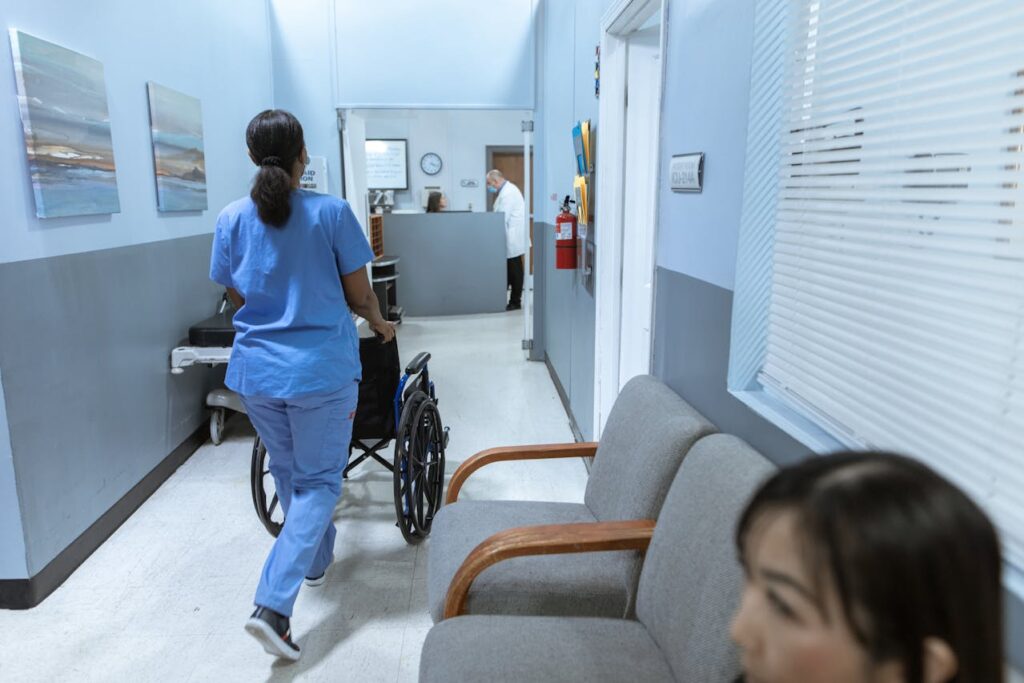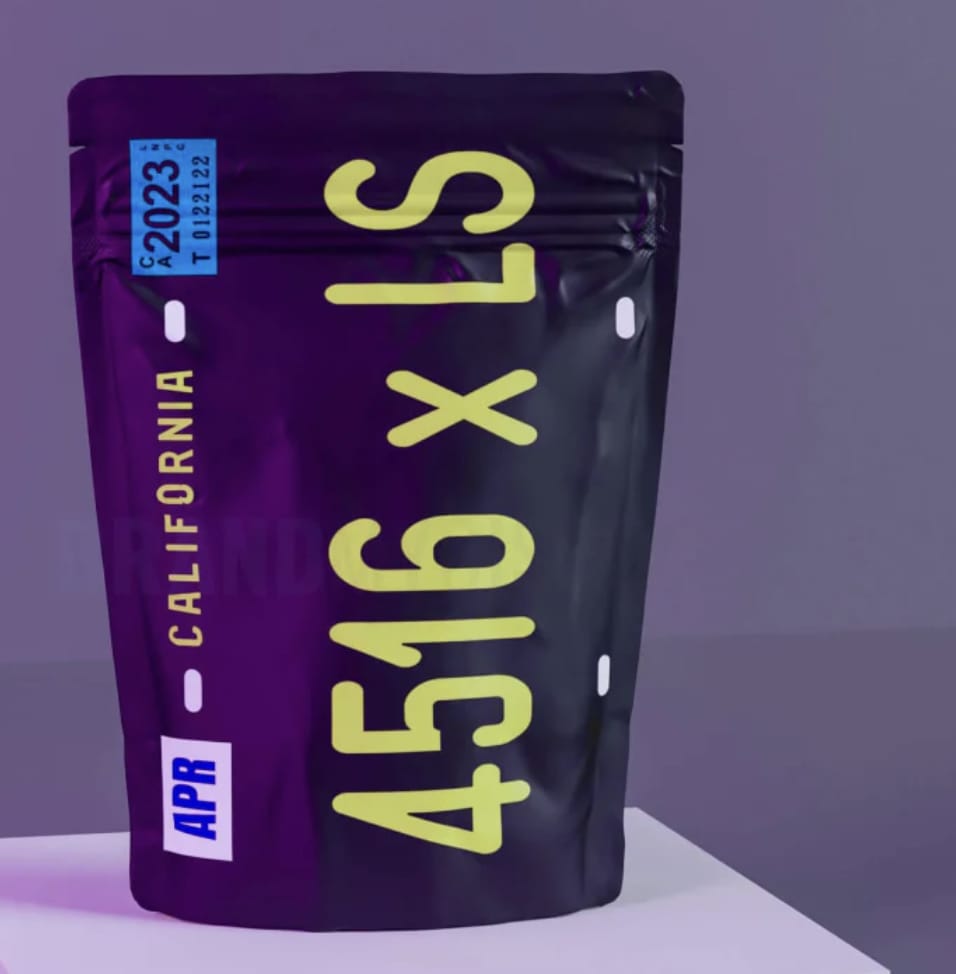Securing medications in hospitals is crucial to patient safety and regulatory compliance, yet its implementation has become ever more complex with healthcare environments becoming ever more diverse. Therefore, an effective medication security plan must address unauthorized access issues, inventory control problems, as well as ongoing monitoring requirements. A successful plan requires reviewing current security measures, developing clear policies with clear implementation timelines for advanced technologies to integrate them, and regular assessments; the key to which may include a smart lock for medicine cabinet to further secure them while simplifying access control procedures.
Assessing Current Security Measures
The first step to creating an effective medication security plan at your hospital should involve conducting an in-depth review of its existing protocols, noting both strengths and weaknesses within current practices. An audit should also be performed to uncover any vulnerabilities such as obsolete locking mechanisms, insufficient access controls, or poor staff training that might exist within current practices.
An intensive evaluation can identify areas in which security measures are strong or need improvement, so take an objective and systematic approach when conducting such evaluation. Doing this ensures no aspect of medication security goes untouched.
Be sure to include healthcare staff members in this process by gathering their feedback on current procedures and areas in need of improvement. Frontline workers have invaluable insights into potential obstacles or risks that management might not recognize as quickly.
Setting Clear Security Policies
Crafting comprehensive policies is at the center of any successful medication security plan. Start by setting guidelines for medication handling, storage, and access that comply with local and national healthcare regulations to ensure compliance. Conduct regular training of staff on these guidelines as adherence is emphasized throughout. Monitor feedback mechanisms must also be in place to enforce and adjust them as necessary – these clear policies provide a structured environment in which everyone knows their responsibilities as well as their importance!
Integrating Advanced Security Technologies
Modern technology plays an integral part in increasing medication security. One effective strategy is implementing smart locking systems – these offer advanced features like keyless access and real-time monitoring; additionally, they use PIN codes, RFID cards, or biometric identification mechanisms such as fingerprint or iris scanners as additional layers of security to restrict who can gain entry to medications and help avoid theft or unapproved usage of sensitive medications.
RFID technology provides another invaluable asset to medication security. Utilizing tags and readers, you can effectively monitor inventory levels while managing medication access in real-time. Each medication can be marked with relevant details such as its name, dosage amount, and expiration date; when an RFID reader scans this tag this data is automatically recorded into inventory management software to make inventory control simpler as well as enhance security protocols.
Enhancing Physical Security
Physical security measures should not be underestimated as part of an integrated defense strategy against security breaches. Designate areas specifically for medication storage that have restricted access, install surveillance cameras to monitor this area and deter unauthorized entry as well as environmental controls like temperature and humidity monitoring to maintain efficacy and integrity of medications, etc. When combined they form a multilayered defense that reduces significant risks related to security breaches.
Implementing Automated Dispensing Systems
Automated dispensing systems have become indispensable tools in modern healthcare facilities, automating medication storage and dispensing while eliminating human error, increasing efficiency, and decreasing medication administration time. They use sophisticated software to ensure accurate dosage while streamlining the administration process; their integration into existing IT infrastructure enhances both overall efficiency and security while regular maintenance must take place to keep functioning optimally and identify any emerging security threats.
Ongoing Monitoring and Improvement
A key part of maintaining high medication security levels lies in regular monitoring and improvement measures. Systems for real-time tracking of access and inventory levels should be in place, regular audits conducted to review current security measures’ effectiveness, feedback loops created so staff may report security concerns directly, feedback mechanisms provided allowing staff members to submit enhancement suggestions; all combined ensure your plan can easily adapt with ever-changing threats and challenges.
Conclusion
Implementing a comprehensive medication security plan at your hospital is vital to both patient safety and regulatory compliance. By reviewing current security measures, creating clear policies, integrating advanced technologies, and strengthening physical security you can create an impenetrable barrier against unauthorized entry and other threats that threaten security protocols over time. Continuous monitoring will keep them effective over time while understanding medication security’s importance is vital to healthcare providers, leading to safer environments both for staff members and patients.






